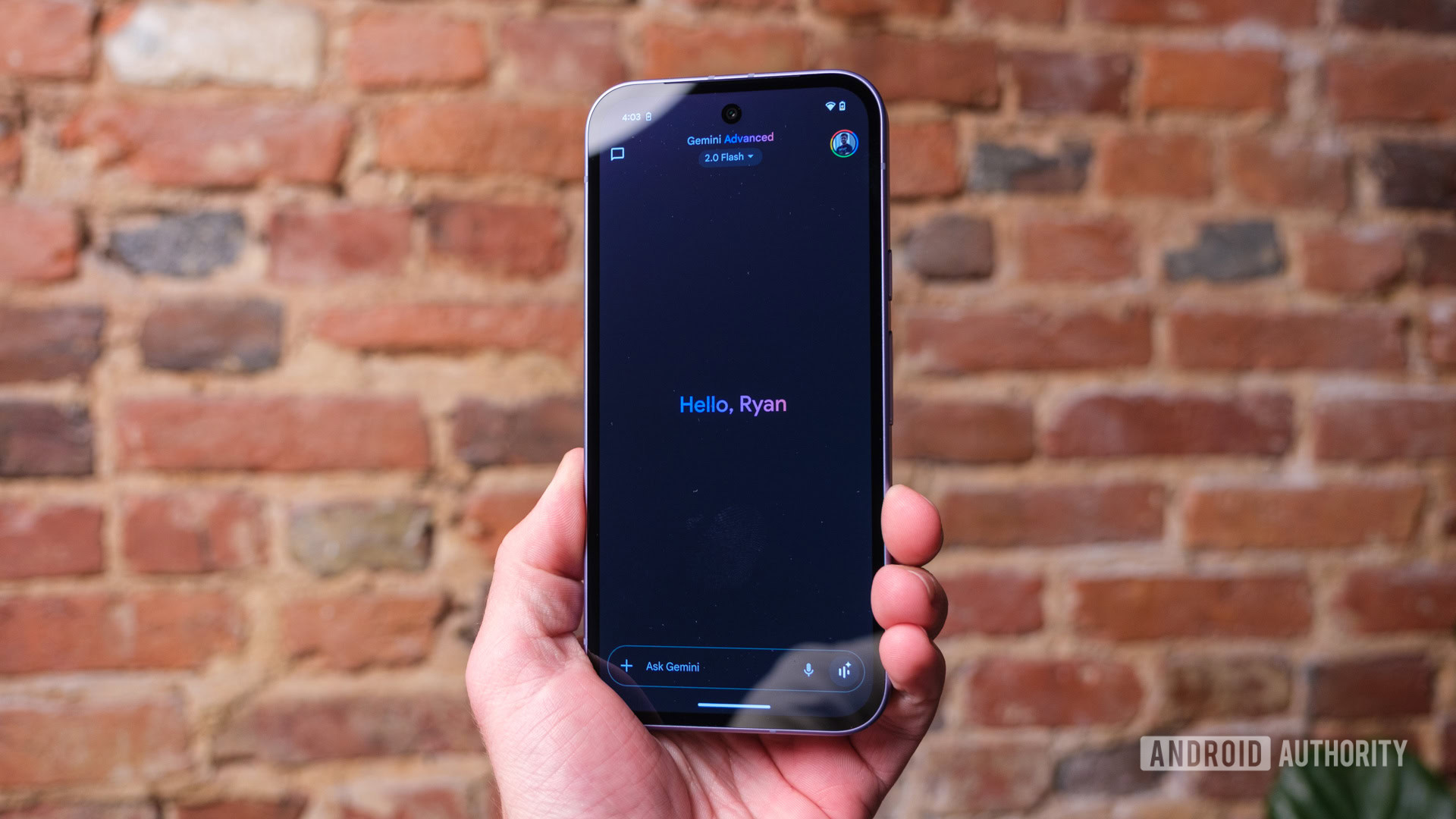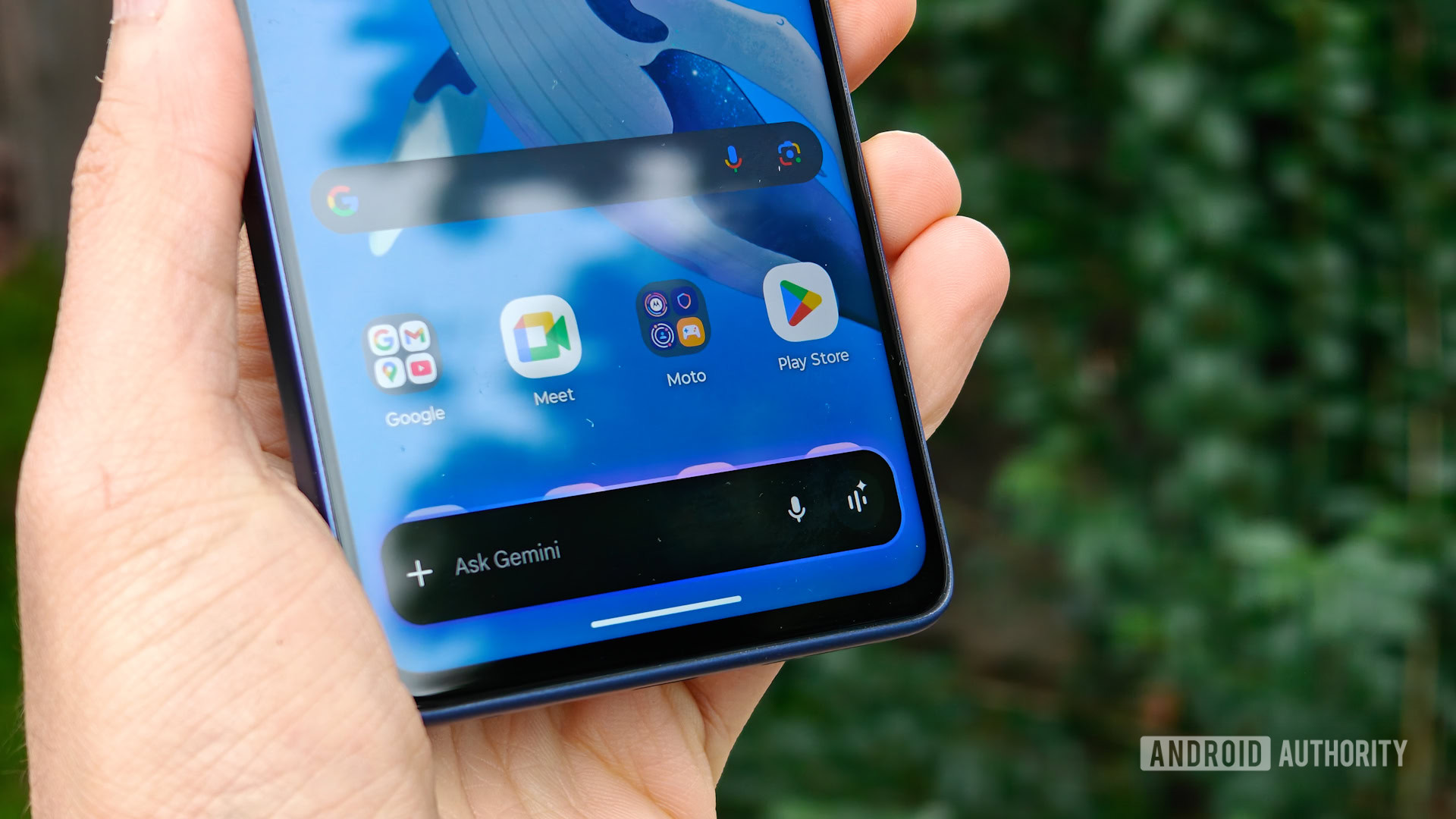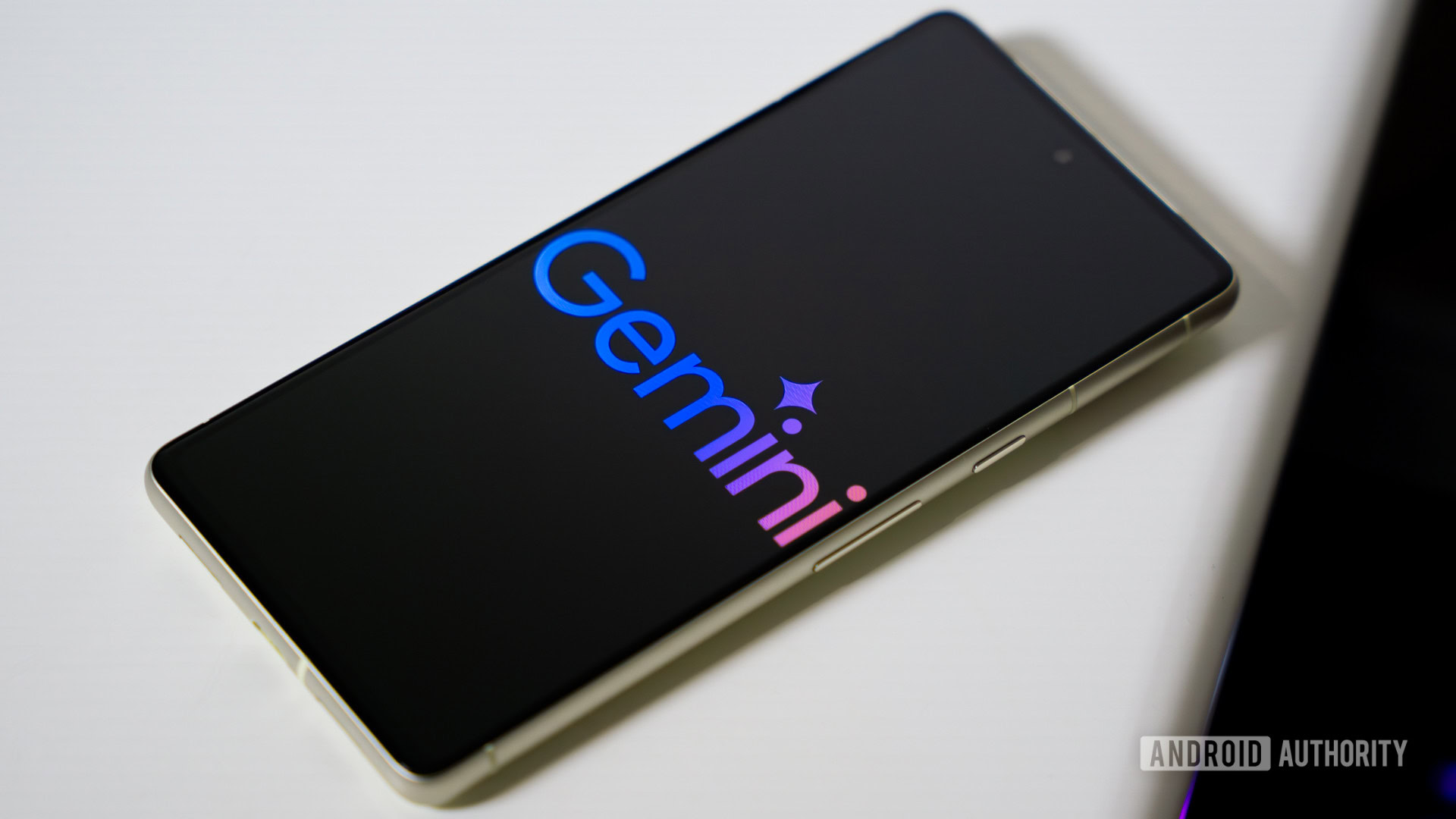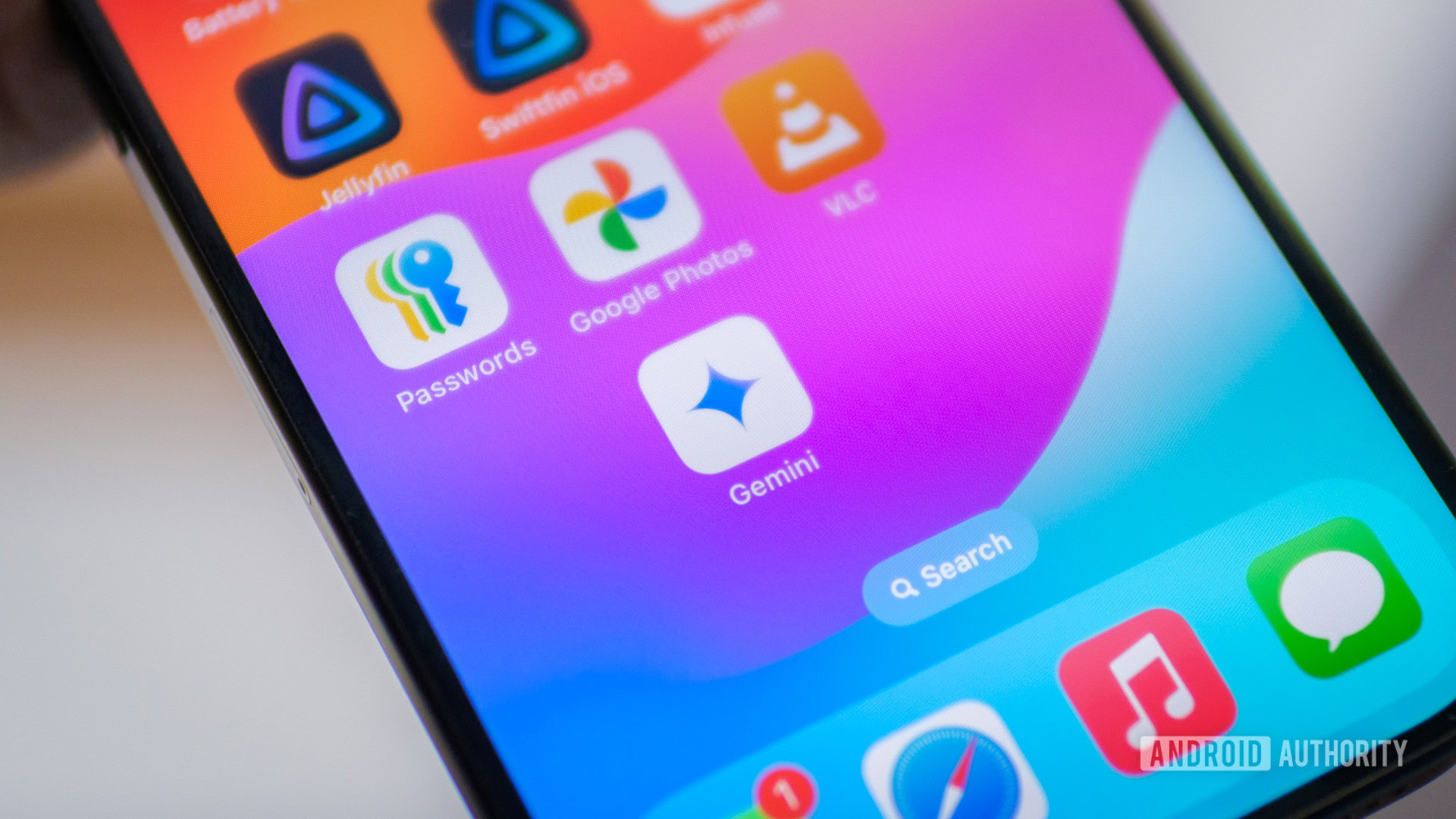
Ryan Haines / Android Authority
Google’s Gemini is a fantastic AI assistant, but diving in can sometimes feel confusing. One of the main reasons is that the chatbot currently offers four different models/options within the app, making it tricky to know which one is best for your needs.
I’ll try to simplify all four in this post, giving you a clear idea of what each of them is designed for and which tasks suit it best.
Which Gemini model or tool do you use most often?
5 votes
Gemini models, explained
Whether you’re using the free version of Gemini or are subscribed to Gemini Advanced, you should see these four options available:
- 2.0 Flash
- 2.5 Flash (experimental)
- 2.5 Pro (experimental)
- Deep Research with 2.5 Pro
Think of 2.0 Flash as the most reliable, standard model — it’s stable but perhaps not the absolute smartest for highly complex tasks. On the other end, 2.5 Pro (experimental) is the powerhouse. It’s the current flagship in terms of capability, but being “experimental” means it’s still under development. You might encounter occasional bugs or odd responses as Google continues to fine-tune it. The 2.5 Flash (experimental) model sits nicely in the middle — smarter than 2.0 Flash, faster than 2.5 Pro, but also still experimental.
Then there’s Deep Research with 2.5 Pro. This option is quite different. Instead of providing quick chat answers, it uses the powerful 2.5 Pro model to conduct in-depth research on a topic you choose and presents its findings in a detailed report.
Gemini 2.0 Flash: The reliable workhorse

Rita El Khoury / Android Authority
This is the most stable and generally available model right now. If you prioritize a smooth, consistent chatbot experience with fewer hiccups, 2.0 Flash is likely your best bet. Google positions it as the ideal model for everyday tasks.
- Good for: Summarizing text, basic research, brainstorming, drafting emails, and answering general questions quickly.
- Other features: It supports uploading images and files like PDFs. This means you can upload a document and ask Gemini to summarize it or answer questions about its content, helping you find information faster. It can also generate images, tapping into Google’s tech like Imagen 3, though this capability is still be evolving.
- Why “Flash?” It’s designed to be fast and efficient. Speed is a priority, making it a great general “workhorse” that balances speed, accuracy, and resource usage.
Gemini 2.5 Flash (experimental): The speedy thinker

Rushil Agrawal / Android Authority
Think of this model as a significant step up from 2.0 Flash, adding more brainpower while still aiming for speed. However, the “experimental” label means it’s still in a testing phase.
- What’s new and better: The biggest difference is its built-in “thinking” capability. Unlike 2.0 Flash, which aims to answer immediately, 2.5 Flash can pause, break down your question, analyze the steps involved, and then construct a response. This often leads to more accurate and nuanced answers for more complex queries.
- The trade-off: This thinking process can sometimes mean it takes slightly longer to reply compared to the instant response of 2.0 Flash. Because it’s experimental, it might also be less stable than 2.0 Flash. You might occasionally run into issues like it losing the thread of a conversation or encountering errors, especially with complex requests like image generation.
- Good for: Situations where 2.0 Flash feels a bit too basic. If you need better reasoning, common sense, or the ability to follow more complicated instructions, but still value speed and efficiency over the absolute maximum power, 2.5 Flash is a great choice.
Gemini 2.5 Pro (experimental): The powerhouse

Edgar Cervantes / Android Authority
This is Google’s current top-tier experimental model, packing the most capability and intelligence. However, like 2.5 Flash, it carries the “experimental” tag, meaning it’s not fully finalized and may exhibit similar instability or occasional odd behavior.
- The analogy: If 2.0 Flash is a reliable sedan and 2.5 Flash is a sporty upgrade with more features, then 2.5 Pro is the high-performance race car. It’s engineered for the most complex, difficult, and demanding tasks that require the highest level of understanding and reasoning. It prioritizes the quality and depth of the answer, especially for challenging questions.
- Good for:
- Advanced coding: Generating complex code and finding tricky bugs. Many consider it state-of-the-art in this area.
- Handling large data: Analyzing huge amounts of text (like research papers or long legal documents) or even entire codebases, thanks to its large “context window” or memory.
- Complex reasoning: Tackling hard math problems, scientific queries, difficult logic puzzles, and any task needing deep critical thinking.
- Keep in mind: This power comes at the cost of speed (it’s generally slower than the Flash models) and stability (due to its experimental nature). It often powers premium features in Gemini Advanced.
Deep Research with 2.5 Pro: Your AI research assistant

Rushil Agrawal / Android Authority
This option functions differently from the others. It leverages the powerful brain of the 2.5 Pro model but focuses on a specific task: conducting in-depth research for you.
- How it works: Instead of just answering a question, you give it a topic to explore deeply. Gemini then creates a research plan (which you can review), scours the web looking at potentially hundreds of sources, synthesizes the information using 2.5 Pro’s reasoning abilities, and compiles a detailed report. This report might include charts and tables, depending on the topic.
- Good for: When you need to truly understand a topic in detail and the standard chatbot answers feel too brief or basic. Use it for market research, competitive analysis, understanding scientific concepts, exploring historical events, comparing complex products, or any task where you’d normally spend hours reading multiple sources.
- Example: I tested out Deep Research recently by asking for a report on stock market performance for a specific period. It saved me hours I would have otherwise spent searching the web and compiling the same information manually. After it generated the initial report, I was able to ask follow-up questions to clarify points or request more details.
- Tip: The quality of the report often depends on the detail in your initial request. Clearly outlining what you want to know helps Deep Research focus its efforts effectively.
My personal preference

Robert Triggs / Android Authority
As someone who likes the latest and greatest when it comes to tech and often asks complex questions, I find myself using the 2.5 Pro (experimental) model most often. As a Gemini Advanced subscriber, I get slightly better performance or fewer restrictions compared to using it on the free tier.
It might be a tad slower and occasionally less stable than 2.0 Flash, but that’s the price I’m willing to pay.
I appreciate its ability to dive deep into topics and handle complex reasoning. Sure, it might be a tad slower and occasionally less stable than 2.0 Flash — I run into minor issues more frequently — but for my needs, the enhanced capability is a price I’m willing to pay.
That said, I still switch back to 2.0 Flash for simple, quick questions where I just need a fast, straightforward answer. And I use the Deep Research tool whenever I need to do a really thorough investigation into a specific subject.
What about you? Which Gemini model do you find yourself using most, or which one sounds like the best fit for your typical conversations and tasks? Let me know in the comments or via the poll above.









